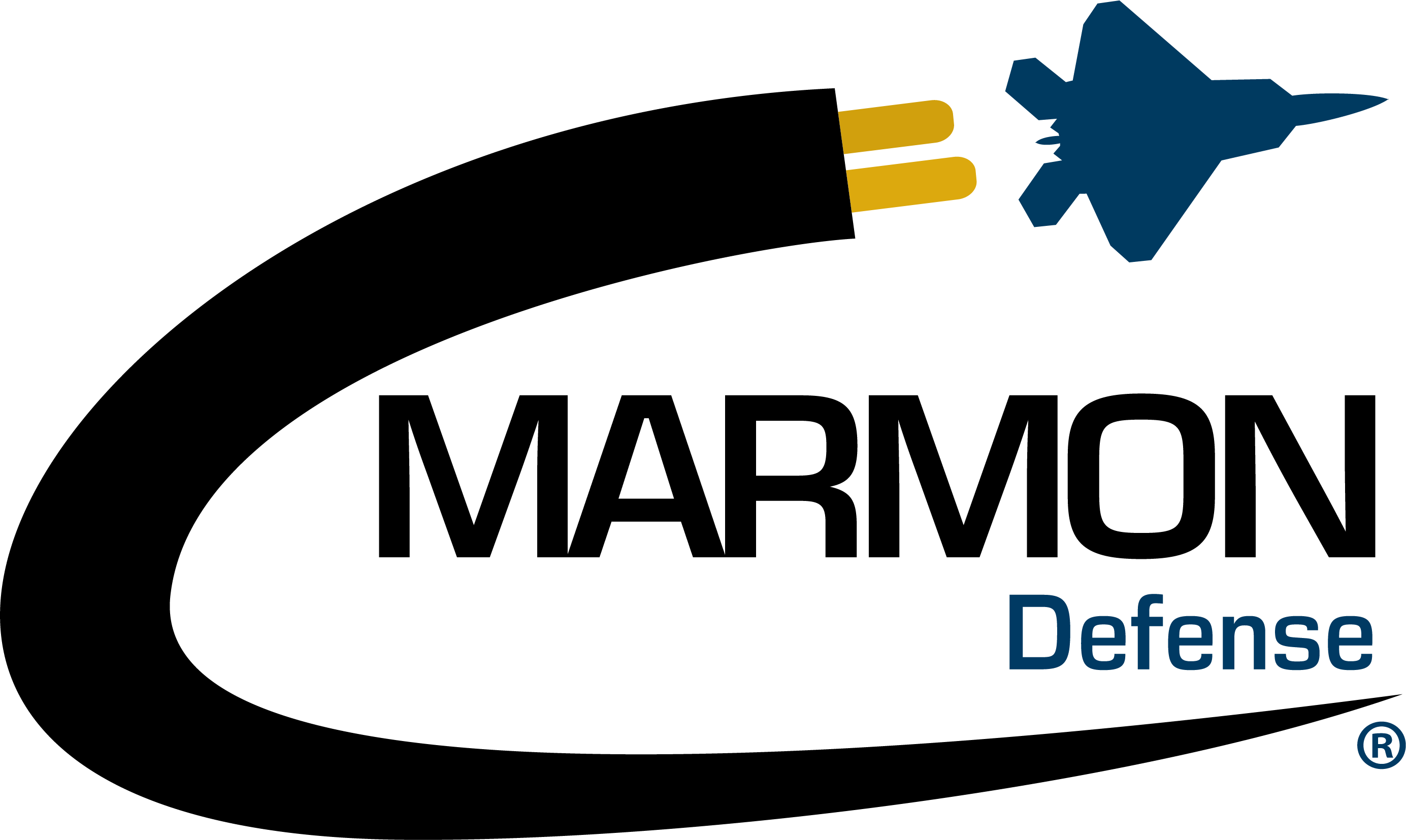Glossary
ASTM: American Society for Testing and Materials
AWG: American Wire Gauge
AWM: Appliance Wiring Material
Binder Tape: A helically applied tape used for holding assembled cable components in place until additional manufacturing operations are performed.
Braid: A flexible cable covering, armor, core binder or shield of interwoven yarns, fine wires, fibers or flat metal strips.
Cable: A cable is either an insulated conductor (one conductor cable) or a combination of conductors insulated from one another (multiple conductor cable).
Circular Mil (Cmil): The area of a circle one thousandth of an inch (or one mil) in diameter.
Coating: A material applied to the surface of a conductor to prevent environmental deterioration, facilitate soldering or improve electrical performance.
Color Code: A color system for circuit identification by use of solid colors, tracers, braids, surface printing, etc.
Conductor: A wire or combination of wires not insulated from one another, suitable for carrying an electrical current.
Cross Linking: The establishment of chemical bonds between polymer molecule chains. It may be accomplished by heat, vulcanization, irradiation or the addition of a suitable chemical agent.
CSA: Canadian Standards Association.
Drain Wire: An uninsulated conductor utilized in a shielded cable in direct contact with the metallic shield. It provides shield continuity and aids in terminating.
FEP (Fluorinated Ethylene Propylene): A type of high temperature thermoplastic Teflon produced by DuPont. It can be utilized for both insulation and jacket applications.
Filler: Any material used in multiconductor cables to occupy the interstices between insulated conductors or to form a core into a desired shape (usually circular).
Flame Retardance: The ability of a burning material to extinguish its own flame once its flame-initiating heat source is removed.
FR: Abbreviation for flame retardant, often used as a prefix to further describe materials (i.e. FR-XLPE).
Halogen: Any of the elements Fluorine, Chlorine, Bromine or Iodine that form group VII A of the periodic table. In cable insulation and jackets, Chlorine, Bromine or Fluorine are typically utilized as flame retardants. They have the undesirable effect of generating corrosive acid gas in the event of fire.
IEEE: Institute of Electrical and Electronics Engineers (Formerly AlEE).
Insulation: Material having a high resistance to the flow of electric current to prevent leakage of current from a conductor.
Irradiation: The exposure of a material to high energy emissions. In insulations and jackets for the purpose of favorably altering the molecular structure (i.e., to crosslink).
Jacket: An extruded plastic or elastomeric material covering applied over an insulation or an assembly of components to provide protection or act as a barrier.
KV (Kilovolt): A term denoting one thousand volts.
Mica: A transparent to semi-transparent mineral silicate which can be separated into very thin leaves. It is useful as an electrical insulating material and performs at temperatures up to 900°C. When combined with glass or polyester tape it forms the basis for a functional, high temperature cable insulation system.
Mil: The one thousandth part of an inch (.005" = 5 mils).
Multiconductor: More than one insulated conductor within a single cable.
Neoprene (Polychloroprene): Synthetic rubber compound used for cable jacket when thermoset materials are required.
Nominal: Name or identifying value of a measurable property by which cable components or performance is identified and to which tolerances may be applied.
Pair: A group of two insulated conductors which are twisted together.
PVC (Polyvinyl Chloride): A thermoplastic or irradiation crosslinked material composed of polymers of vinyl chloride which is used as insulation or jackets.
Shield: Any barrier to the passage of interference causing electrostatic or electromagnetic fields, formed by a conductive layer surrounding a cable core. It is usually fabricated from a metallic tape, braid, foil or wire serve.
Silicone Rubber: Rubber made from silicone polymers and characterized by its retention of flexibility, resilience and tensile strength over a wide temperature range and by the formation of non-conducting ash during combustion.
Solid Wire: A conductor consisting of a single member or strand as distinguished from a stranded conductor.
Stranded Conductor: A conductor composed of a group of wires or combination of groups of wires.
Temperature Rating: The maximum temperature at which a given insulation or jacket may be safely maintained during continuous use without incurring any significant thermally-induced deterioration.
Thermoplastic: A classification of material that can be readily softened and reformed by heating and be rehardened by cooling.
Thermoset: A classification of material which cures (crosslinks) by chemical reaction and then is resistant to the heat related softening effect exhibited by thermoplastic materials.
Triad: A group of three insulated conductors which are twisted together.
UL: Underwriters Laboratories, Inc.
Volt: The practical unit of electromotive force. One volt is required to send one ampere of current through a circuit whose resistance is one ohm.
Voltage Rating: The maximum voltage at which a given cable or insulated conductor may be safely maintained during continuous use in a normal manner.
Vulcanization: An irreversible process during which a rubber or polymeric compound through a change in its chemical structure (i.e. crosslinking), becomes thermoset (usually improving chemical resistance and conferring, improving or extending elastic properties over a greater range of temperature).
XLPE (Crosslinked Polyethylene): A tough thermoset insulation material made by crosslinking polyethylene polymers by either heat or irradiation processing. (It is classified under the more generic category of crosslinked polyolefins - see XLPO - Crosslinked Polyolefin).
XLPO (Crosslinked Polyolefin): A thermoset material used for insulation or jackets. A polyolefin is a class of hydrocarbon polymers characterized by at least one double bond in the carbon chain. The polyolefins include mainly the polymers and copolymers of ethylene (polyethylene) and propylene (poly propylene). They are made thermosetting (or crosslinked) by chemical means (heating with organic peroxides) or by irradiation (high energy electron beam).




